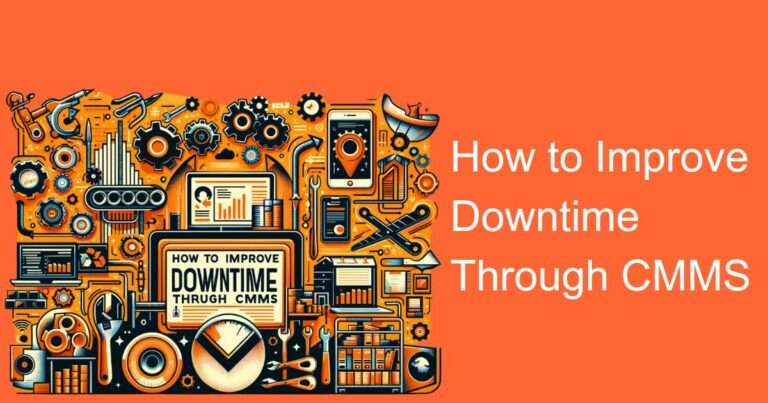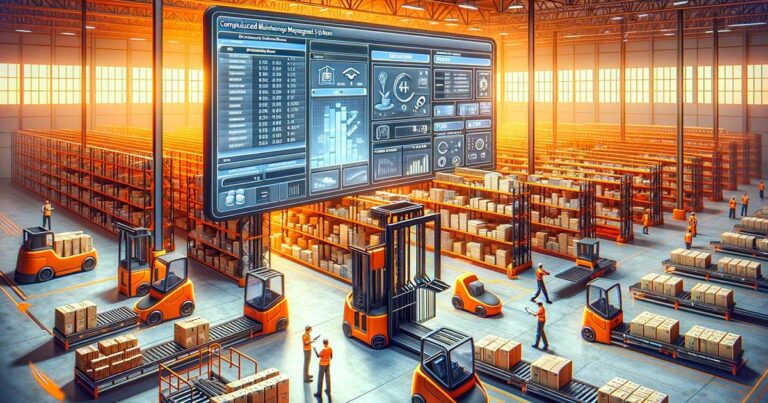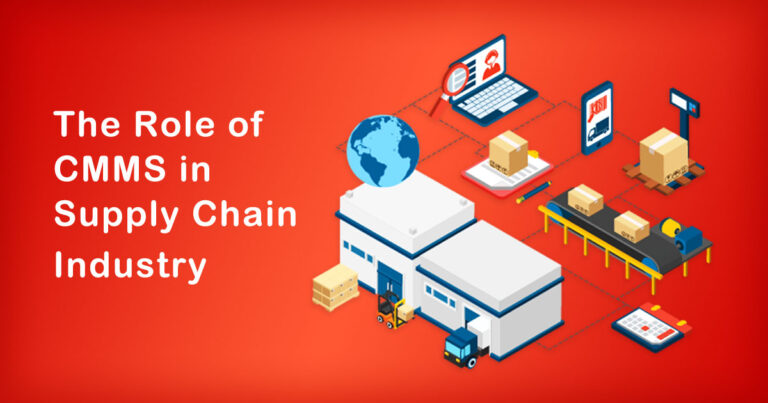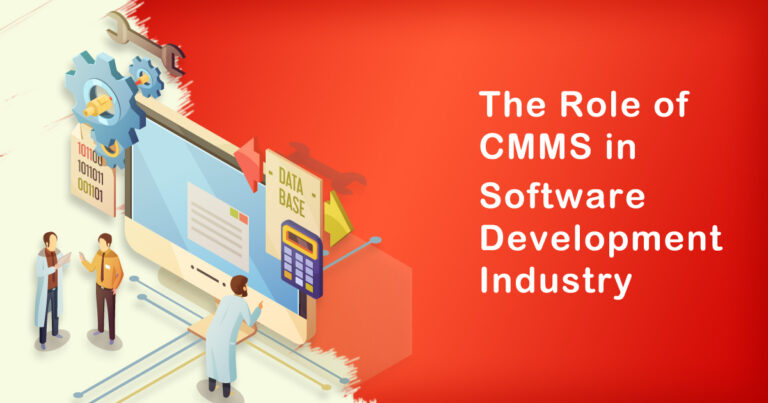Introduction
Renewable energy has gained significant traction in recent years, with the semiconductor industry playing a vital role in supporting its growth. In India, the renewable energy sector is poised for substantial expansion, driven by government initiatives and increasing environmental awareness. To effectively manage the complex processes involved in renewable energy semiconductor manufacturing, companies are turning to Computerized Maintenance Management Systems (CMMS) as a crucial tool. In this blog, we will explore the role of CMMS in the Indian context and its impact on the renewable energy semiconductor industry.
The Indian Renewable Energy Landscape
India has set ambitious renewable energy targets, aiming to achieve 175 gigawatts (GW) of renewable energy capacity by 2022, with further plans to reach 450 GW by 2030. Such rapid growth necessitates robust manufacturing capabilities in the semiconductor industry to support the development of solar panels, wind turbines, and other renewable energy technologies. To ensure smooth operations, organizations must adopt efficient maintenance practices, and CMMS provides the framework for achieving this goal.
What is CMMS?
CMMS, also known as Enterprise Asset Management (EAM) software, is a comprehensive solution designed to streamline maintenance processes and improve asset reliability. It facilitates the management of assets, work orders, preventive maintenance, and inventory, among other essential functions. By integrating data, tasks, and documentation into a centralized platform, CMMS allows companies to optimize maintenance activities, reduce downtime, and extend the lifespan of equipment.
Benefits of CMMS in the Renewable Energy Semiconductor Industry
1. Enhanced Equipment Performance and Reliability:
CMMS enables proactive maintenance planning by scheduling routine inspections, calibrations, and preventive maintenance tasks. This approach reduces the risk of unexpected breakdowns, improves equipment performance, and minimizes production disruptions. By leveraging real-time data and predictive analytics, CMMS can identify potential issues before they escalate, optimizing equipment uptime and reliability.
2. Efficient Inventory Management:
Semiconductor manufacturing involves a vast range of components and spare parts. CMMS helps track inventory levels, automate reordering processes, and ensure the availability of critical items. By avoiding stockouts and minimizing excess inventory, companies can optimize costs and reduce downtime caused by equipment unavailability.
3. Regulatory Compliance:
The renewable energy semiconductor industry is subject to stringent quality and safety regulations. CMMS enables companies to maintain comprehensive documentation of maintenance activities, ensuring compliance with industry standards and government regulations. The system can generate reports and audit trails, simplifying the process of demonstrating compliance during inspections.
4. Data-Driven Decision Making:
CMMS captures valuable data about equipment performance, maintenance history, and overall operations. By analyzing this data, organizations can identify trends, predict failures, and optimize maintenance strategies. This data-driven approach enhances decision-making processes, leading to improved operational efficiency and reduced costs.
5. Streamlined Communication and Collaboration:
CMMS serves as a centralized platform for communication and collaboration among maintenance teams, engineers, and other stakeholders. Real-time updates, work order tracking, and task assignments can be efficiently managed within the system, enhancing coordination and reducing response times. Additionally, mobile accessibility allows technicians to access critical information and update work statuses while on the field.
Challenges and Implementation Considerations
While CMMS offers numerous benefits, its successful implementation requires careful planning and consideration. Some key factors to consider include:
1. Data Integration:
Ensure seamless integration of CMMS with existing systems such as Enterprise Resource Planning (ERP) software and Supervisory Control and Data Acquisition (SCADA) systems for effective data sharing and analysis.
2. Training and User Adoption:
Provide comprehensive training to employees to ensure smooth adoption and utilization of the CMMS platform. User-friendly interfaces and ongoing support are critical for successful implementation.
3. Scalability:
Select a CMMS solution that can scale with the organization’s growth and evolving needs. As the renewable energy semiconductor industry expands, the CMMS should be able to accommodate increasing assets and maintenance requirements.
4. Cybersecurity:
Safeguard the CMMS system and the data it stores from potential cyber threats. Implement robust security measures and protocols to protect sensitive information and ensure uninterrupted operations.
5. Maintenance Best Practices:
Implement industry-standard maintenance practices and workflows within the CMMS system. Define key performance indicators (KPIs) and establish benchmarks to measure the effectiveness of maintenance activities.
Conclusion
In the Indian context, the semiconductor industry plays a crucial role in supporting the growth of renewable energy. To ensure efficient operations and maximize equipment reliability, companies in the renewable energy semiconductor industry are turning to CMMS as a vital tool. By leveraging CMMS, organizations can enhance equipment performance, streamline maintenance processes, and comply with regulatory requirements. The data-driven approach offered by CMMS empowers companies to make informed decisions, optimize inventory management, and improve overall operational efficiency. As India strives to achieve its renewable energy targets, CMMS will continue to be a critical component in driving the success of the semiconductor industry in supporting sustainable energy solutions.







